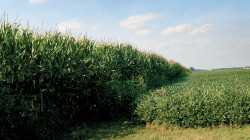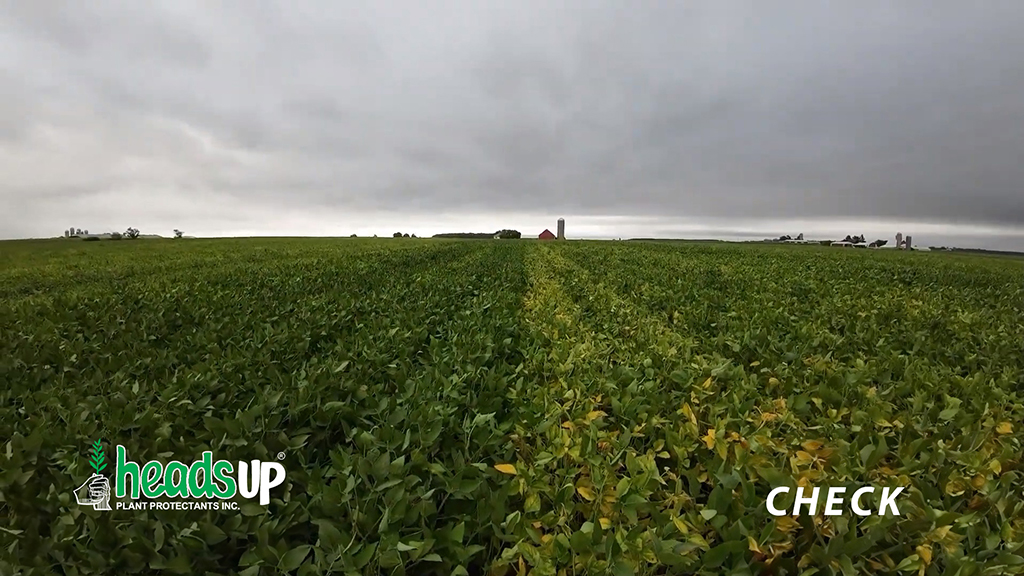Is Agriculture Facing A Bubble?

Today, the world of agriculture, especially Midwest agriculture, which is dominated by the three major row crops (corn, soybeans and wheat) is once again experiencing record or near record crop prices, with corn reaching close to $8 per bushel in June.
Recent sales of high productivity farmland in Iowa and Illinois have reached $11,000 to $13,000 per acre, reflecting a near doubling of prices in four to five years. Additionally, with annual farmland rental agreements up for review and renegotiation, there are some farmers that have been willing to sign four-five year contracts at $300 to $400+ per acre, which is consistent with the view of some farmers that corn prices have reached a new plateau of $6 to $7 per bushel.
It isn’t too long ago, during 2006-08, that agriculture, especially Midwest agriculture, faced what could be called “Ag Bubble 1.0.” During 2008, corn prices on the December futures market reached $7.96 per bushel, November soybean prices reached $16.35 1/2 per bushel and July Chicago wheat prices reached $12.72 3/4 per bushel. As is well known today, driving factors were: Tightening global grain supplies, reflecting the growing worldwide demand for grains, especially from developing countries, and adverse production shortfalls due to droughts in major grain producing areas; the dramatic step-function increase in grain/oilseed demand starting in 2006 from biofuel demand, whose price impact was amplified by the dramatic rise in world oil prices; the positive impact of the decline in the value of the U.S. dollars on foreign demand; and the growing impact of financial speculation in commodity markets. In 2008, many Midwest farmers reaped record per acre profits as prices surged above cost increases.
It was clear as early as the summer of 2007 that an ag bubble was forming, and that there was a strong likelihood that it would pop in 2008. Crop prices peaked in 2008. Record profits per acre were short-lived and dramatically declined due to the ensuing farmgate cost/price squeeze. Crop prices fell at the same time that many costs, notably seed and fertilizer, were still escalating. The dramatic reversal of fortunes for farmers’ bottom lines occurred even before the U.S. felt the full effects from the “Financial Armageddon” that gripped the U.S. and the world, starting in the fall of 2008.
Historical Perspective On Bubbles
The volatile events of 2007-09 are history. But today, a major question has spread from farmers’ morning coffee shop talk to the agricultural tradepress to the major financial newspaper around the world is — “Is Agriculture Facing a Bubble?”
The answer to this question, and — if so, whether the bubble will continue to inflate, deflate slowly over a number of years or pop in a dramatic fashion over the next year — is critical to farmers’ and ag input suppliers’ bottom line. Equally important will be the ripple effects on all the players in the broad supply chain who provide inputs, technology, machinery and services to the farmgate, including ag dealers/distributors and the basic suppliers of crop inputs.
Through the annals of time, human behavior — over-optimism and herd-mentality — has led to market and speculative financial bubbles, reflecting unsustainable price increases that dramatically overshoot fundamental or intrinsic values. Unfortunately, all the bubbles burst, with many having devastating market and financial consequences. In 1996, Alan Greenspan, former chairman of the U.S. Federal Reserve, coined the phrase “irrational exuberance” to describe over-optimism and the excessive escalation of asset values.
History creates perspective, especially when you hear “this time is different.” Looking back at history, financial and market bubbles have been surprisingly common. For example, during “Tulip Mania” in Holland during the 1630s, the price of tulip bulbs reached abnormally high levels. Nearly a century later, the “South Sea Bubble” occurred in 1720, during which British speculators drove up the price of the South Sea Co., which was formed to fund British government debt, in return for payments reflecting a monopoly on trade from the South Sea (Central and South America). More recently, the “Dot-Com Bubble” inflated during the mid-to-late 1990s as investors chased the IPO’s of a new generation of Internet-based companies and popped in 2000. Today, the U.S. economy is still suffering from the bursting of the “Housing Bubble” starting in 2007.
Many times, it is difficult to gauge whether escalating prices and asset values tied to improving market fundamentals reflect the development of price or asset bubbles, resulting from over-optimism and the psychology of crowds. Clearly, the recent resurgence in crop prices, starting in mid-2010, and continued dramatic escalation in farmland values reflect well understood basic fundamentals: Tight U.S. and global grain supplies tied to the impact of weather-impacted production constraints in the U.S. and other large global grain producers, on top of the continued increase in global food demand, led by the insatiable appetite of China, and the impact of the continued decline in the value of the U.S. dollar on global grain demand.
In addition to basic supply/demand fundamentals, the upwards escalation in ag price and asset values are also being driven by a dramatic increase in investors/speculators interest in ag commodities and farm assets, driven by the goal of investment diversification, as well as global investors growing appetites to invest in commodities through the proliferation of commodity ETF’s (Exchange Traded Funds). Commodity markets have become the victim of “financialization.”
The question is simple: Is the resurgence of major grain/oilseed crop prices to new highs and record Midwest farmland value a new normal or are they symptomatic of “Ag Bubble 2.0.” which could deflate, possibly resulting in a dramatic decline in crop prices and farmland values? Timing of the peak crop prices will critically depend on the size of the U.S. harvest this fall, given the uncertainty of severe weather impacts during planting and the current growing season on acreage and yields in many of the key U.S. growing areas, as well as other major grain/oilseed production areas of the world.
AgInnovation Advisors has raised the number one issue facing farmers and production agriculture today: “Is Agriculture Facing Ag Bubble 2.0?” Forthcoming articles will deal with an answer to this question.





